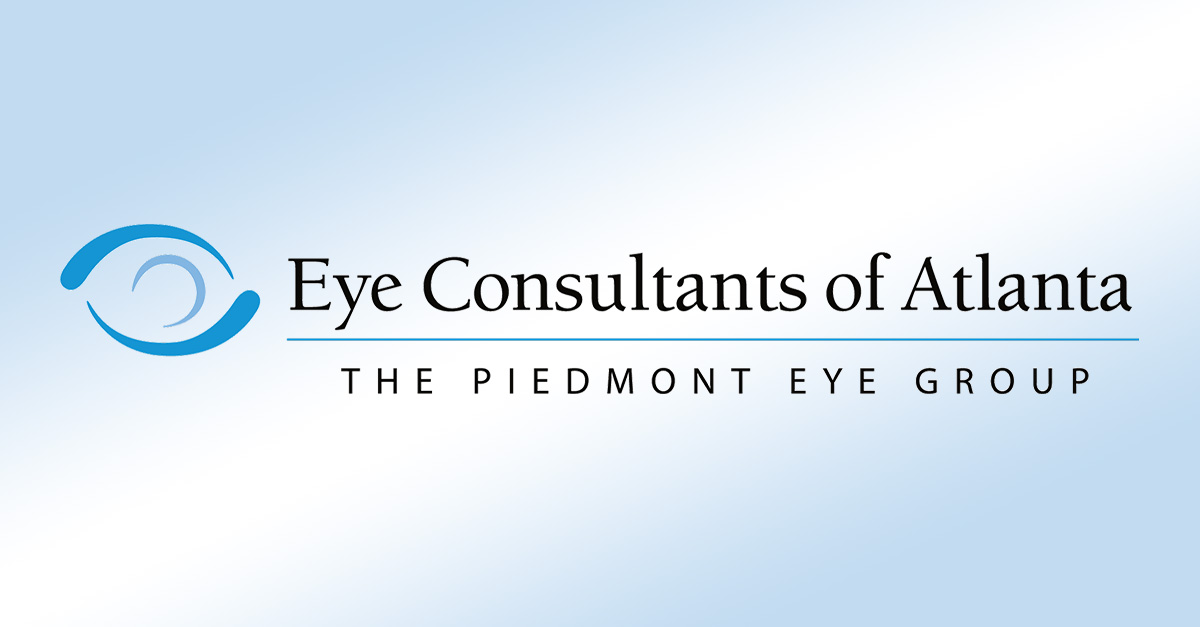Learn About Cataracts
What Are Cataracts?
According to the National Eye Institute in the United States, more than 30 million Americans are living with cataracts – including 68.3% of all Americans aged 80 or older. This number is projected to grow beyond 50 million individuals by the year 2050.
Cataracts begin appearing in individuals around the age of 50 or so (although they can begin to establish themselves even earlier than that). Between the ages of 50 and 60, nearly 10% of both men and women in this age bracket have developed cataracts, and, later in life, these numbers get even worse.
Thankfully, cataract treatment options exist today to help save the vision of individuals who would have otherwise struggled with this medical condition. More than 3.5 million cataract surgery procedures are performed in the US each year, and the overwhelming majority of the surgeries completely eliminate cataracts and restore the vision of these individuals.
What Exactly Are Cataracts, in the First Place?
Cataracts are a clouding of the lens inside the eye. Initially, cataract symptoms are only going to present themselves as a bit of clouding in our vision. But, over time, cataracts have the ability to completely rob us of our ability to see clearly, and, in some cases, render people legally blind.
Cataracts can occur independently in one eye or another as well as in both, but the condition isn’t communicable. It isn’t going to jump from one eye to the other if the second eye hasn’t already begun to develop cataracts in the first place, and it isn’t a medical condition you can spread to anyone else either.
The root cause of cataracts has been linked to a breakdown of the proteins contained within the lens of our eyes. The light that enters into our eyes is reflected through this lens (made up almost entirely of water and protein elements), and, over time, this light may cause the proteins to breakup and clump together with one another, causing the cataract and the cloudiness.
What are the signs and symptoms of cataracts I should be on the lookout for?
Risk factors for this kind of surgery are low (and the technique and technology used to perform the surgery has only improved over time), but, like any other surgery, there are risk factors that you’ll need to be aware of before you proceed.
This includes risk factors like infection and bleeding, a slightly higher risk of retinal detachment, and a cataract surgery treatment that wasn’t able to remove the cataract situation itself, leaving your vision impaired afterwards.
At the same time, it’s important to highlight (as we touched on above) that more than 3.5 million successful cataract surgery procedures are performed in the United States alone each and every year. Your odds of clearing out your cataracts are better than ever before with this kind of approach, and the benefits almost always outweigh the minor and often mitigated risk factors associated with this procedure.
There are quite a few common symptoms of cataracts that you want to remain vigilant for, especially after you hit 50 years of age.
These symptoms include (but aren’t limited to):
- Vision that becomes cloudy or blurry over time
- A general sensation of faded colors in the world around you
- Headlights, lamps, or sunlight that feels way too bright or has a “halo” effect
- Poor lowlight and vision capabilities
- Seeing double or multiple images in one of your eyes
- Needing to regularly upgrade your prescription for your eyeglasses or your contacts
Individuals most at risk for developing cataracts later in life are those with medical conditions like diabetes, those who have lifelong habits of smoking or alcohol abuse, as well as those who have had extreme exposure and prolonged exposure to ultraviolet sunlight or light from computer monitors/televisions.
On top of that, cataracts have also proven to be rather indiscriminate about who they affect. As you age, the lenses in your eyes degrade naturally over time. You’ll want to have routine checkups on your eyesight to get out ahead of cataracts situations as early as possible, so you can move forward with effective cataract treatment options to resolve these problems and restore your vision ASAP.
What Treatment Options Exist for Cataracts?
There are a variety of different cataract treatment options you can take advantage of, ranging from leveraging new eyeglasses with ultraviolet blocking technology built right in, avoiding overexposure to sunlight or bright lights, using magnifying lenses to improve your vision, and improving the overall lighting in the environments you spend the majority of your time in.
At the end of the day, however, the only way to completely remove your cataracts and to clear your vision completely is to move forward with cataract surgery.

